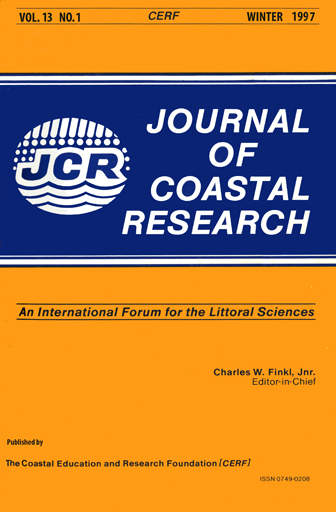Vegetational and Abiotic Analysis of the Salterns of Mangals and Salt Marshes of the West Coast of Florida
Keywords:
Biotic boundaries, coastal marshes, mangal, salterns, saltmarsh, tidal marsh, vegetational analysisAbstract
To determine saltern boundaries, vascular plant distributions were analyzed across nine transects through three tidal communities on the west coast of Florida: a salt marsh in St. Mark's National Wildlife Refuge, a dwarf mangal in upper Tampa Bay and a well developed mangal in Charlotte Harbor. All nine transects had nearly identical soil salinities, ranging from 20 to 40 ppt in the tidal marshes and up to 170 ppt in the saltern. Elevation increased an average of 18 cm 1O0 m from the seaward side of the saltern to the landward side of the barrens. Elevation increased more rapidly from the barrens to the coastal hammock border. A statistical analysis of vascular plant distribution along the transects indicated that the primary and most important boundary occurred at the hammock-saltern border for seven of the nine transects. Only one transect depicted biotic boundaries that delineated the saltern and an inner barren zone from adjacent Juncus romeraneous. For other transects, further boundaries delineated the mangrove or salt marsh-saltern border. The statistical analyses for biotic boundaries indicated salterns of Florida are part of the entire tidal marsh zone. Despite their distinctive appearance, 8 out of 9 transects revealed salterns cannot be differentiated from adjacent mangrove or salt marsh systems. Thus, management decisions for protection or enhancement should include the saltern as a component of the tidal marsh community on the west coast of Florida.


